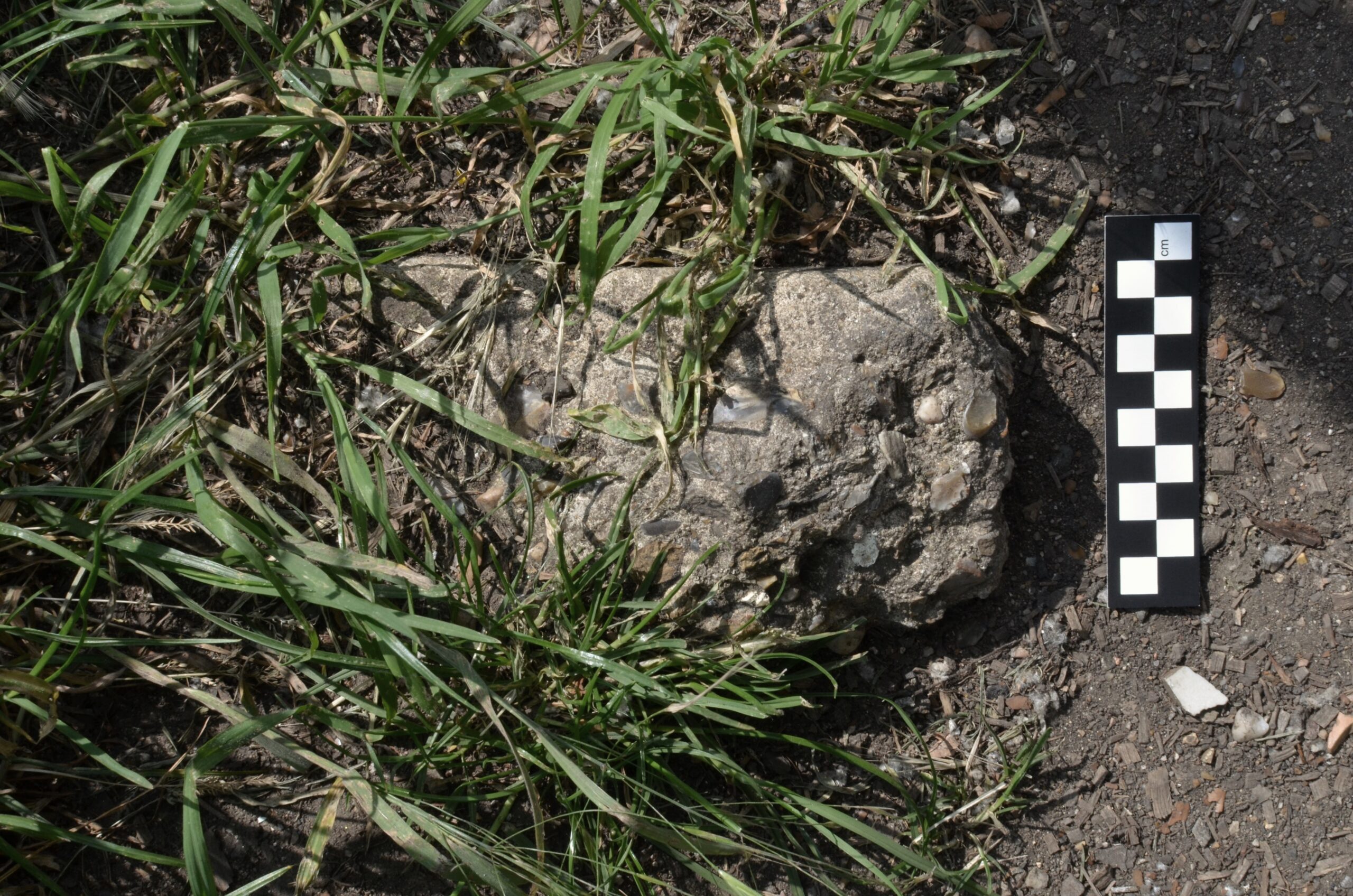Wednesday, 6 March 2024
10.00-11.00 GMT – Zoom Webinar (Register via Eventbrite here)
Contemporary archaeology and architecture: ruination, rubble and revenance
This talk considers the movement of architectural materials between construction, demolition and destruction and reuse. Using ‘contemporary’ archaeological approaches* in conjunction with archival, anthropological and creative methods, I discuss how buildings are rarely as fixed in time and space as they might appear at first glance. Close examination of individual fragments of a building before, during, and after its construction facilitates a deeper understanding of its social, political and economic context than architectural plans or other documentary sources can provide alone.
Taking examples from the last 200 years – including the ruins of the (1851) Crystal Palace in London, a half-built skyscraper, temporary structures, and bomb rubble – I will introduce an archaeological methodology for investigating demolition and reuse of architectural materials and explore some of the myriad theoretical and social issues such work raises.
*the use of archaeological methods and theories to study the very recent past or present day

Jonathan Gardner
Jonathan Gardner is an archaeologist and heritage researcher. He is currently a Leverhulme Early Career Fellow at Edinburgh College of Art where he researches waste landscapes. He will join the UoE School of History, Classics & Archaeology in July 2024 as a Chancellor’s Fellow. He recently published his first book based on his earlier research on mega events: A Contemporary Archaeology of London’s Mega Events: from the Great Exhibition to London 2012 (UCL Press: open access). Prior to this, he worked for several years in development-led archaeology in London and the southeast of England with Archaeology South-East (UCL) and Museum of London Archaeology (MOLA).

